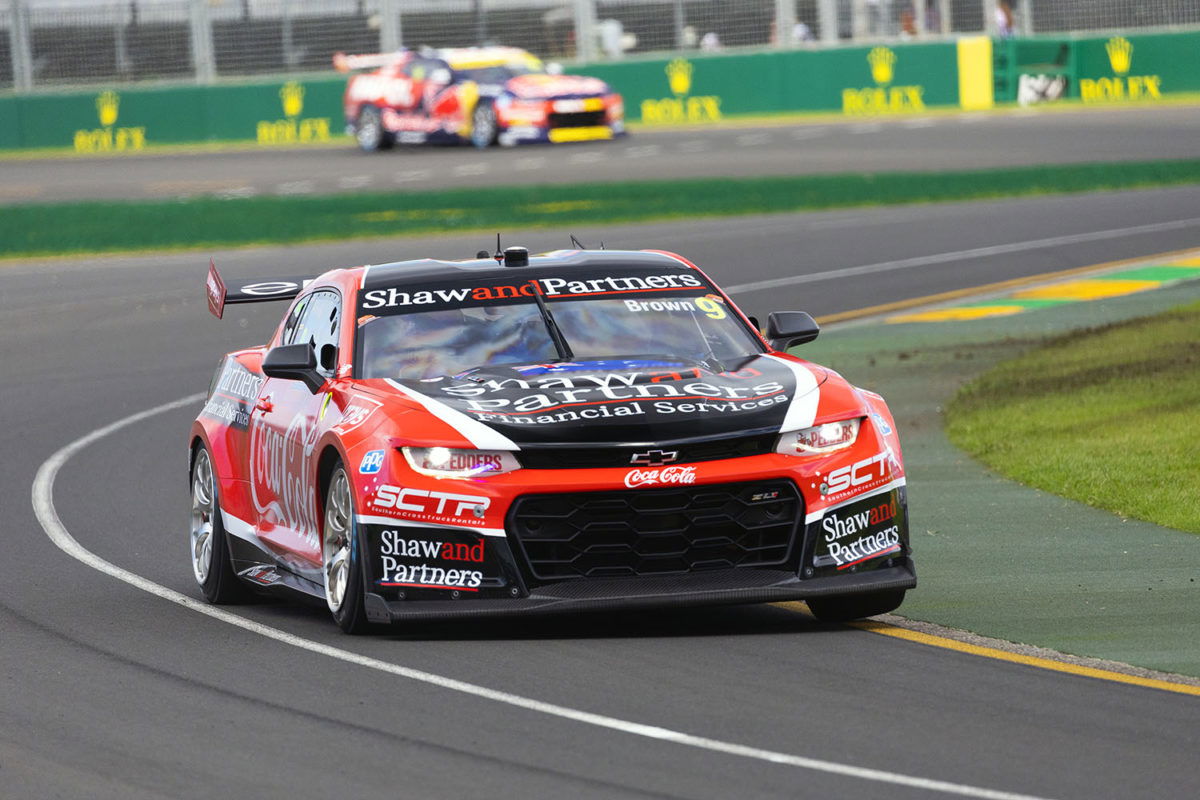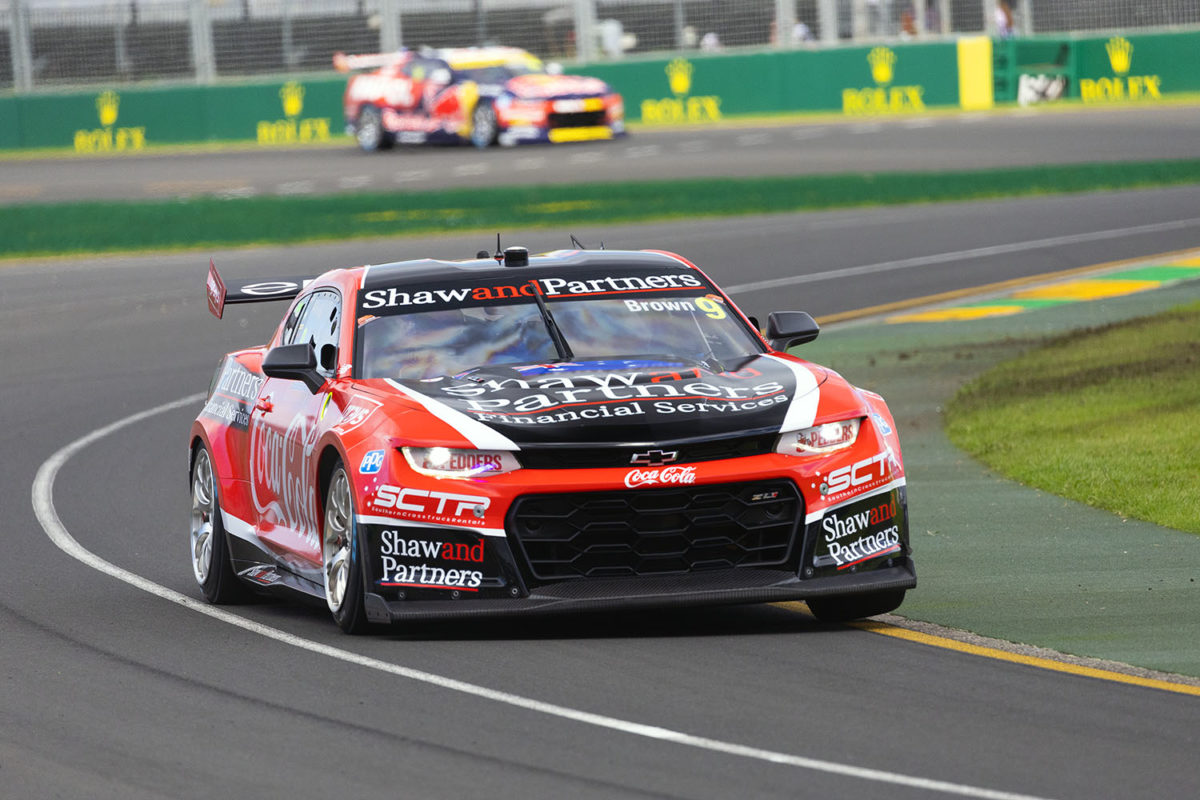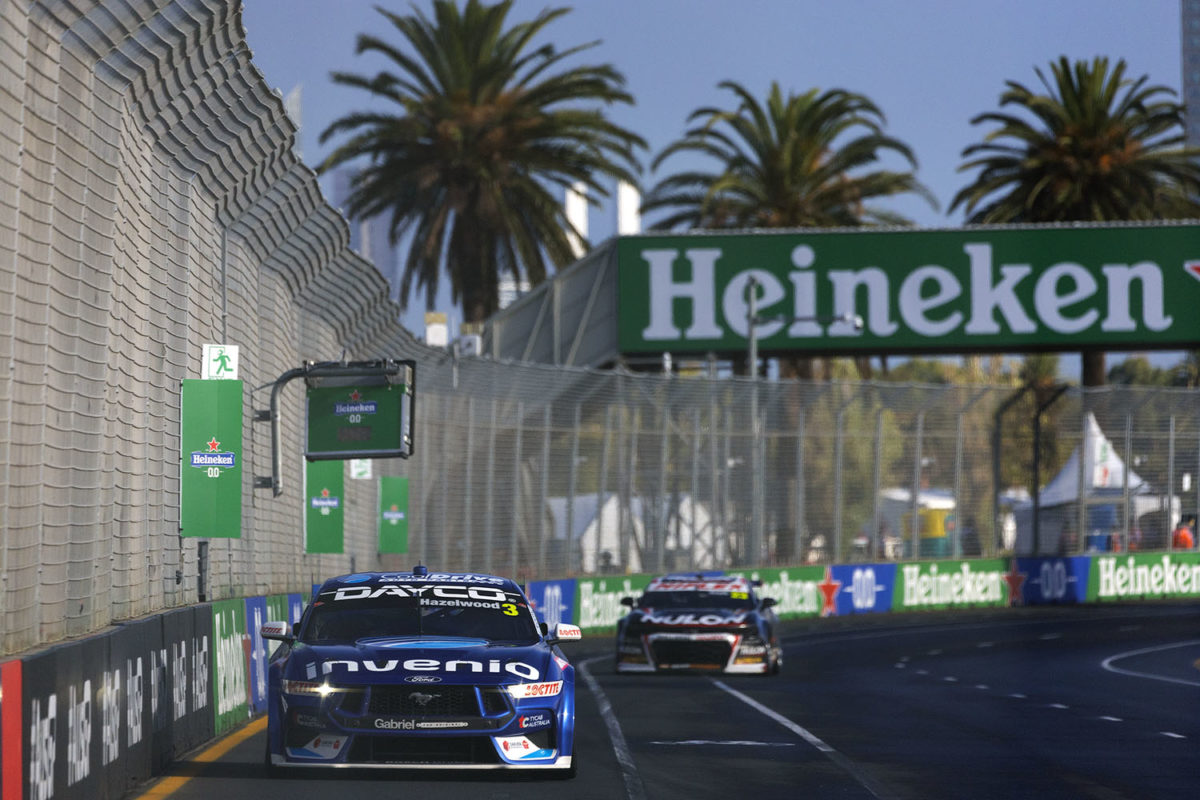

This weekend’s single, unusually long practice session in Perth will give Supercars teams scope to learn significantly more about their new Gen3 race cars.
The Bosch Power Tools Perth SuperSprint will see 90 minutes of practice time, a full half-hour longer than what is typically available at a SuperSprint or even Super500 event this year.
Furthermore, rather than being split up into two, 30-minute sessions, the clock will start on Friday afternoon at 14:25 (local time; 16:25 AEST) and, save for the possibility of red flags, not stop until 15:55.
Not even the Repco Bathurst 1000 features practice sessions any longer than an hour at a time and while this weekend’s Wanneroo schedule is being billed as Formula 1-style, the world championship’s Friday sessions were cut back from 90 minutes each to 60, two years ago.
Why the West Australian circuit is an outlier is in part because of its placement on the calendar and in part is understood to be because of the nature of the track.
The Perth event is early in the first season of Gen3 and even the race lap record at Wanneroo is less than 54 seconds, meaning a driver could theoretically fit somewhere around 90 laps into a 90-minute session.
That is a highly unlikely run plan, in part because each car is allocated just the usual two sets of ‘handback’ tyres, but the short, 2.42km lap does give teams a lot of freedom in determining how they tackle the session.
The session is also 90 minutes’ worth of track time for trackside fans to enjoy.
Erebus Motorsport CEO Barry Ryan told Speedcafe, “It was based on Gen3 for a start – just to get more allocation of time – and something significant on a Friday that the fans can see.
“It’s just quality time with the car that we’re all trying to understand.
“You might only do 40 laps in that whole time, but you can take 20 minutes in the garage to make a big change and try something, so it just opens up the window a bit more for testing stuff.”
PremiAir Racing Team Principal Matty Cook forecast that the approach might not change too dramatically, but planning will be key.
“[It will take] A lot of pre-planning before you get there, like we do with everything,” he told Speedcafe.
“The cars are still only going to do three- to four-lap runs; you’re going to do an out lap, a couple of flying laps, and possibly an in lap – like we do in every practice session – it’s just that you’re joining it all together.
“There’ll be a bit of downtime where you might see the car in the garage for four or five minutes, depending on what changes teams decide to do, but it’s just going to be one continuous session.
“Instead of being broken up into two 40-minute practice sessions, it’s just going to be one big long one.
“So, everyone’s still going to throw dampers and tyres at the car to try and put their best foot forward but it just means [in effect], your time in between sessions, the countdown clock will still be going.”

Blanchard Racing Team’s Co-Principal Tim Blanchard agreed that competitors will have to think about how they tackle the session.
“It will be interesting; it’s a long stint for all the crew and the driver because obviously you want to maximise the session but also it is a relatively short lap,” he told Speedcafe.
“In a 90-minute session, you can get a huge amount done, and you’ve only got so many tyres and things like that.
“There is going to be an element of discipline so you use the time productively and don’t just pound around for a lot of laps.
“I think it’ll be quite interesting and I hope Todd’s [Hazelwood, BRT driver] nicely hydrated because he’s going to spend a lot of time in the car.”
Saturday and Sunday at Wanneroo will roll out to the usual SuperSprint rhythm, although the three segments of the knockout qualifying will each be 15 minutes long, rather than the 10 minutes to which the field had become accustomed.
Erebus leads both the teams’ and drivers’ championships, the latter courtesy of Brodie Kostecki, after the Newcastle and Albert Park events.























Discussion about this post